National
Ontario city councillor could face thousands in legal fees after opposing ‘pride’ flag, drag shows
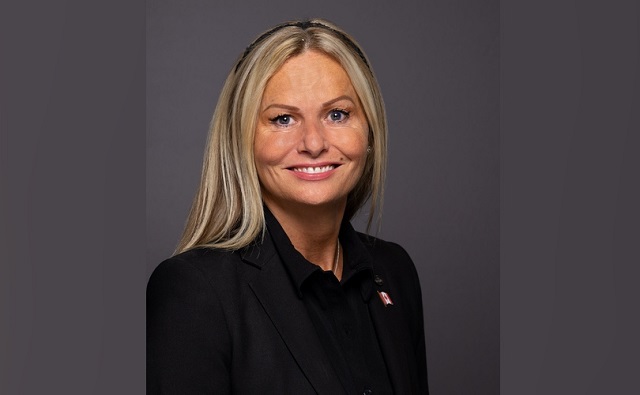
Pickering City Councillor Lisa Robinson
From LifeSiteNews
Pickering City Councillor Lisa Robinson could be ‘on the hook for over $20,000 in legal fees, and possibly $50,000 more if she loses’ her legal battle.
An Ontario city councillor who opposed the LGBT agenda was in court last Wednesday, when she was told she faces the possibility of being on the hook for more than $20,000 in legal fees and another $50,000 if she is not successful in her case against the against the Pickering City Council.
As noted in a legal update sent to LifeSiteNews by one of her advocates, former Conservative Party of Canada MP Derek Sloan, a judge required Pickering City Councillor Lisa Robinson and the “other side to settle on costs during the day” in court.
As noted by Sloan, “While Lisa made a reasonable offer, the other side — even though enough trial had passed to know their case is certainly not a slam dunk, they stuck to their claim for $50,000 in costs — if they win.”
“It could be they have instructions to stick it to Lisa, even if it means losing more on their side if they lose. It’s only taxpayer money after all,” he added.
Robinson is under two judicial reviews because of two integrity commissioner reports against her along with sanctions made to her from her city council.
She had applied for the judicial reviews earlier in the year. One was against the City of Pickering and the other against Principles Integrity, which investigated her after complaints were made and then said she needed disciplinary measures. Robinson is looking to have the court toss out the report and penalties that were brought against her.
Both reviews are now combined and are being overseen by three superior court judges in an Oshawa divisional court. The judges have yet to present their full findings.
LifeSiteNews reported last year that Robinson, who is a single mother, was given a 60-day pay suspension after an investigation into allegations that she advocated for “homophobic” and “transphobic” motions.
On October 23, 2023, the Pickering City Council unanimously voted to suspend Robinson’s pay over her motions opposing LGBT ideology.
Robinson came under fire after a May 15, 2023, meeting at the Durham District School Board during which she announced that she intended to propose motions banning drag queen shows and pride parades if children were present and forbidding flying the “Pride” flag on city premises.
Robinson had advocated for separate washrooms and change rooms for both men and women while having a universal space for both genders to use, citing safety concerns from the community over the situation.
Sloan noted that Robinson could be “on the hook for over $20,000 in legal fees, and possibly $50,000 more if she loses.”
Councillor’s lawyer says city trying to censor her
Robinson’s lawyer, Michael Alexander, noted as per Sloan that “all of this is clearly an attempt just to censor Lisa, and handcuff her ability to do her job.”
Sloan noted that Alexander in court made the main arguments regarding freedom of expression.
“He argued that we have a fundamental right in this country to express a minority or dissenting opinion on any issue, especially on matters of public importance that relate to government,” Sloan said.
Sloan pointed out that Alexander said, “Look what they’re doing here is saying we get a right to penalize you because we find your motions disagreeable, or offensive or they don’t jive with our own opinions and views.”
“That is clearly forbidden in Canada and I’m trying to get legal recognition for that fact.”
Sloan noted that Alexander has observed that “all of this is clearly an attempt just to censor Lisa and handcuff her ability to do her job. Many people have told me this is just a way to punish her for standing up for her beliefs.”
2025 Federal Election
Former WEF insider accuses Mark Carney of using fear tactics to usher globalism into Canada

From LifeSiteNews
Former WEF member Desiree Fixler is warning Canadians that Mark Carney is using fear to manipulate citizens to gain power and that his ideas will destroy the economy.
World Economic Forum banker turned whistleblower Desiree Fixler is warning that Mark Carney is using fear tactics to gain control over Canada and usher in globalism.
In an April 12 interview with Canadian YouTuber Jasmin Laine, Fixler – who served as a member of the WEF’s Global Future Council on Responsible Investing – warned that Carney seeks to send Canada down a path of totalitarianism and economic decline.
‘Fear wins votes’
In the interview, Fixler said that Carney’s tactic involves amplifying or fear-mongering manufactured crises, like the claim that “there is a climate catastrophe,” not because he wants to safeguard citizens, but because he wants to “win some votes” and expand his globalist vision.
Similarly, she argued that Carney uses potentially real crises, like the Canada-U.S. trade war, to explain the economic decline in Canada. This shift the blame from the Liberal policies of the past ten years to U.S. President Donald Trump and allows Carney to not just avoid responsibility for policies he supported being destructive, but also to position himself as the solution to the problem.
“The government has a lot of control in the media and so a message is being put out that there is this climate catastrophe and then lo and behold Mark Carney is there to say… ‘I can save everything,’” Fixler warned.
Carney is not working for Canadians
Since his appearance on the political stage, many have pointed out that Carney’s extensive work for the UN and WEF have made him more of a global player than an advocate for Canada, particularly regarding his advocacy for net-zero emissions.
At the same time, Carney argues that his globalist portfolio will benefit Canadians. Fixler, however, warned that Carney’s radical climate policies will send Canada down the same declining path as other European countries.
“You just look at the U.K., you just look at Germany, and you can see in particular Germany is likely going on its third year of a shrinking economy largely because of net zero,” Fixler explained, referring to the globalist policy of pursuing “net zero” carbon emissions.
Despite Canada’s vast natural resources, Carney has made it clear that, if elected, he will maintain the goal of eventually reaching “net zero.” Fixler also noted that Carney spearheads the Glasgow Financial Alliance for Net Zero (GFANZ) which effectively “bullies the world into adopting net zero.”
While Carney has claimed that Canada will become an energy “powerhouse” thanks to a transition to clean energy, Fixler warned that “there is no way you’re going to do that if you have net zero.”
“If you’re aligned to net zero, if you have a ban on further fossil fuel drilling right, and further pipelines, there is no way,” Fixler said. “You’re going down one path, and that’s the path of unaffordable energy and that is a path of a shrinking economy.”
Fixler further argued that Carney is not only misleading Canadians but deliberately lying about the effects of a net-zero emissions scheme. She questioned how Canada’s economy could grow when the Liberals’ Bill C-69 is restricting the production of pipelines to carry Canadian oil and gas.
“These are national assets,” she said. “The people of Canada own it, and the people of Canada should decide whether or not they want access to affordable energy, and they want to grow their economy.”
Fixler referred to Carney’s scheme as “authoritarian government theft,” warning it will send Canada down the same economic decline as Europe.
“Europe and the UK is definitely moving in the wrong direction, and I firmly believe that Mark Carney will do the same for Canada,” she emphasized. “Not only will he further economic policies that shrink the economy, but he will move again to silence dissent and increase censorship.”
Fixler, who was herself a member of the WEF, revealed that globalists are indifferent to how their policies affect the common person.
As evidence for this, Fixler recalled a situation in which she brought up the increasing cost of living at a WEF meeting, which resulted in “someone firing right back at me and saying like, ‘Desiree, why do you care? You can afford that.’”
Fixler said that for Canada to stave off Carney’s vision, citizens just need to “revert back to common sense” and call out what is “dumb.”
2025 Federal Election
Police Associations Endorse Conservatives. Poilievre Will Shut Down Tent Cities
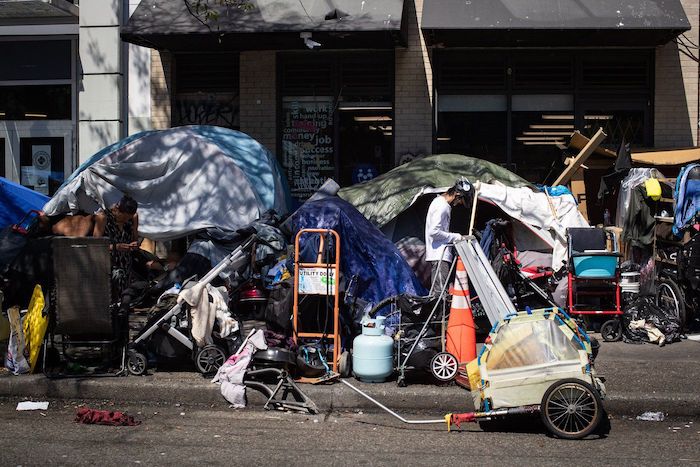
From Conservative Party Communications
Under the Lost Liberal decade, homelessness has surged by 20% since 2018 and chronic homelessness has spiked 38%. In cities like Nanaimo, Victoria and London, the number of people living in tents and makeshift shelters has exploded. In Toronto alone, there were 82 encampments in early 2023—now there are over 200, with an estimated 1,400 in Ontario.
Yesterday, Conservative Leader Pierre Poilievre received the endorsement of the Toronto Police Association, the largest single association of its kind in Canada, representing approximately 8,000 civilian and uniformed members.
This follows the endorsement by the police associations of Durham, Peel, Barrie, and Sault Ste. Marie of the Conservative plan to stop the crime and keep Canadians safe, after the Liberal government’s easy bail and soft-on-crime policies unleashed a wave of violent crime.
“These men and women put their lives on the line every day to keep our streets safe,” Poilievre said. “Our Conservative team is honoured to have their support and will back them up with laws to help them protect all Canadians.”
Poilievre also announced that a new Conservative government will ensure that police have the legal power to remove dangerous encampments to end the homelessness and the mental health and addiction crisis that has trapped thousands in dangerous tent cities and make life unsafe for law-abiding Canadians who live near them.
“Parks where children played are now littered with needles. Small businesses are boarded up and whole blocks of storefronts are shuttered because their owners can’t afford to deal with constant break-ins and vandalism,” Pierre Poilievre said. “Public spaces belong to everyone, but law-abiding citizens, especially families and seniors, are being pushed out to accommodate chaos and violence.”
Canadian cities have a mixed record of dealing with encampments in public places, with some not acting because they don’t believe they have the legal authority to remove the camps. Conservatives will work with provinces and ensure law enforcement has the clear legal tools they need to remove encampments and give Canadians back the safe streets and public spaces they deserve.
A Poilievre-led government will do this by reversing the Liberals’ radical pro-drug policies and by:
- Amending the Criminal Code to give police the tools to charge individuals when they endanger public safety or discourage the public from using, moving through, or otherwise accessing public spaces by setting up temporary structures, including tents.
- Clarifying in law that police can dismantle illegal encampments and ensure individuals living in them who need help are connected with housing, addiction treatment, and mental health services.
- Giving judges the power to order people charged for illegally occupying public spaces with a temporary structure and simple possession of illegal drugs to mandatory drug treatment.
- Returning to a housing first approach to homelessness, ensuring people get off the streets into a stable place to live with the support they need to rebuild their lives.
Under the Lost Liberal decade, homelessness has surged by 20% since 2018 and chronic homelessness has spiked 38%. In cities like Nanaimo, Victoria and London, the number of people living in tents and makeshift shelters has exploded. In Toronto alone, there were 82 encampments in early 2023—now there are over 200, with an estimated 1,400 in Ontario.
These encampments are a direct result of radical Liberal policies such as drug decriminalization and unsafe supply. They are extremely dangerous for the people trapped in them, who endure overdoses, assaults, including sexual assaults, human trafficking, and even homicide, as well as the community around them.
Under the Poilievre plan, tent cities will no longer be an option—but recovery will be. Conservatives will give law enforcement the tools they need to help clean up our streets, deal with chronic offenders, and provide truly compassionate recovery and treatment where it is needed.
“Instead of getting people the help they need, the Liberals abandoned our communities to chaos,” Poilievre said. “Leaving people trapped by their addictions to live outdoors through Canadian winters, sick, malnourished, cold, wet and vulnerable is the furthest thing from compassionate.”
A Conservative government will also overhaul the Liberals’ dangerous pro-drug policies that have led to over 50,000 overdose deaths over the Lost Liberal Decade. Instead of flooding our streets with taxpayer-funded hard drugs, we will invest in recovery to break the cycle of despair and offer real hope.
Conservatives will allow judges to sentence offenders to mandatory treatment for addiction, and we will fund 50,000 addiction treatment spaces, ensuring that those struggling with substance use get the support they need to recover—because real compassion means helping people get better, not enabling their suffering.
In addition to these measures, Poilievre has a plan to end the soft-on-crime approach of the Lost Liberal Decade, end the chaos, and restore order and safety across Canada:
- Three-Strikes-and-You’re-Out Law: Individuals convicted of three serious offences will face a minimum prison term of 10 years and up to a life sentence, with no eligibility for bail, probation, parole, or house arrest.
- Mandatory Life Sentences: Life imprisonment for those convicted of five or more counts of human trafficking, importing or exporting ten or more illegal firearms, or trafficking fentanyl.
- Repeal of Bill C-75: Ending the Liberals’ catch-and-release policies to restore jail, not bail, for repeat violent offenders.
- New Offense for Intimate Partner Assault: Creation of a specific offense for assault of an intimate partner, with the strictest bail conditions for those accused, and ensuring that murder of an intimate partner, one’s own child, or a partner’s child is treated as first-degree murder.
- Consecutive Sentences for Repeat Violent Offenders: So there will no longer be sentencing discounts for multiple murderers.
Canadians can’t afford a fourth Liberal term of rising crime and chaos in our streets. We need a new Conservative government that will end the chaos, restore order on our streets and bring our loved ones home drug-free.
-
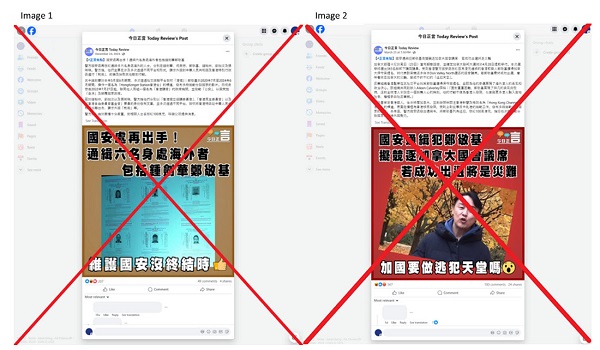
 2025 Federal Election2 days ago
2025 Federal Election2 days agoOttawa Confirms China interfering with 2025 federal election: Beijing Seeks to Block Joe Tay’s Election
-
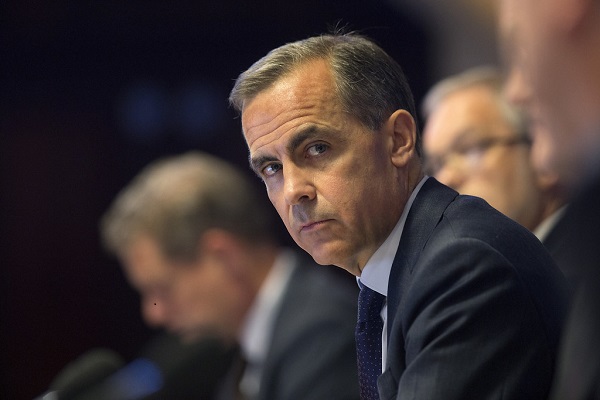
 2025 Federal Election1 day ago
2025 Federal Election1 day agoBREAKING: THE FEDERAL BRIEF THAT SHOULD SINK CARNEY
-

 2025 Federal Election2 days ago
2025 Federal Election2 days agoHow Canada’s Mainstream Media Lost the Public Trust
-

 2025 Federal Election2 days ago
2025 Federal Election2 days agoReal Homes vs. Modular Shoeboxes: The Housing Battle Between Poilievre and Carney
-

 Media1 day ago
Media1 day agoCBC retracts false claims about residential schools after accusing Rebel News of ‘misinformation’
-

 John Stossel1 day ago
John Stossel1 day agoClimate Change Myths Part 2: Wildfires, Drought, Rising Sea Level, and Coral Reefs
-

 2025 Federal Election1 day ago
2025 Federal Election1 day agoCHINESE ELECTION THREAT WARNING: Conservative Candidate Joe Tay Paused Public Campaign
-
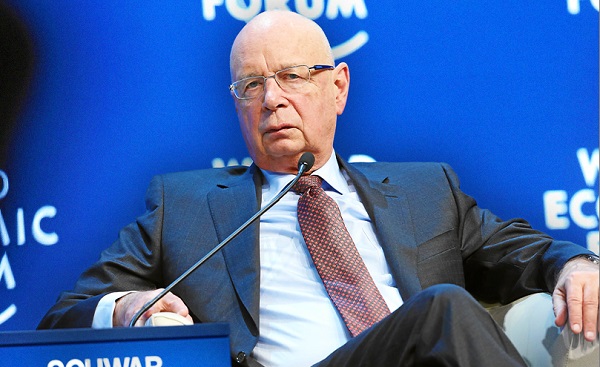
 Business1 day ago
Business1 day ago‘Great Reset’ champion Klaus Schwab resigns from WEF





